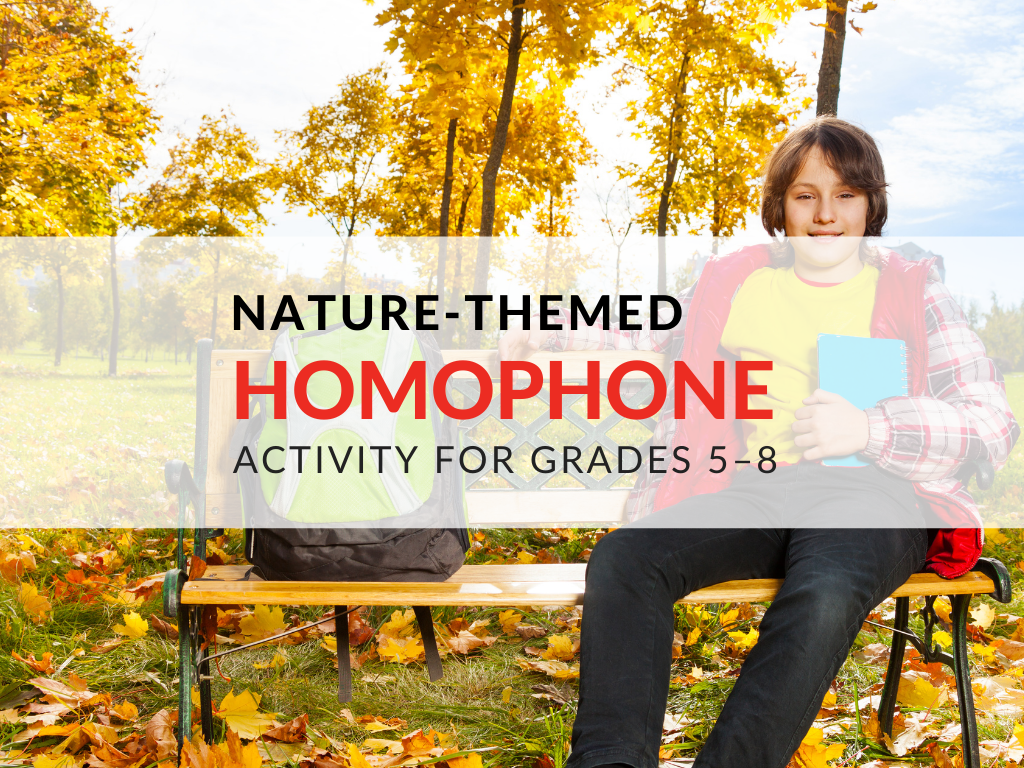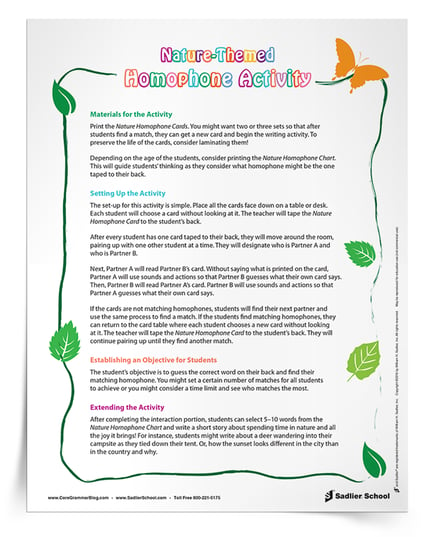1.800.221.5175
Reading & Writing
From Phonics to Reading
Grades K-3
Vocabulary
Vocabulary Workshop, Tools for Comprehension
Grades 1–5





